Strabismus (eye turn) and amblyopia (lazy eye) are eye conditions that occur in approximately 3-5% of the population, affecting millions of people all over the world. As an adult with both conditions, I was shocked to learn at age 32 that many of the “facts” I believed about my eye condition were actually myths. In this article we are going to explore some of the most common myths I’ve come across and I’ll debunk them with the facts.
There are many more myths out there, but these are the 8 I see as being the most prevalent and the most detrimental to the ability of those of us with strabismus and lazy eye to overcome these conditions.
- Strabismus and Lazy Eye are the Same Thing
- Patching Fixes an Eye Turn
- Strabismus and Lazy Eye Can Only be Fixed in Children
- There are no Exercises That Will Help
- Strabismus is Only a Muscle Problem
- Surgery is the Only Answer for Strabismus
- Strabismus is Only a Brain Problem
- Vision Therapy is the Only Answer
Make sure to check out the free resources I offer to help you find real answers to fixing strabismus over HERE. You can take the free quiz “Choosing between surgery and vision therapy” or find out “Do My Eyes Work Together?” using a few tests. There are so many options, you just need to get started on the right foot.
You may run into these myths along the way, so let’s debunk them, first thing.
Myth: Strabismus and Lazy Eye are the Same Thing
For 32 years, I thought I had a lazy eye. I told people my eye was lazy and even originally named my website Lazy Eye Solutions, even though my major problem was strabismus. Strabismus is when the eyes aren’t pointing the same direction, lazy eye or amblyopia is when one of the eyes has blurry vision and can’t function as well in most areas, even with glasses.
Many people use these terms interchangeably and it took me until I was 32 to figure out the difference. They definitely can go hand in hand so it is easy to confuse, but here are the differences all spelled out.
Strabismus
- Eye Misalignment
- Includes exotropia, esotropia, hypertropia, hypotropia, cyclotropia…you get the idea, basically all the tropias which is the medical term for an eye turn.
- Both eyes may have 20/20 vision on their own, but they aren’t coordinating together.
- Can lead to amblyopia or be a result of amblyopia. They often come together.
Lazy Eye
- Slang word for amblyopia
- Even with the best glasses, a lazy eye cannot see clearly.
- It is caused by a variety of factors, but usually the brain begins favoring one eye and suppresses the other, weakening the connections between the eyes and brain.
- The eyes may remain perfectly straight, even with severe amblyopia.
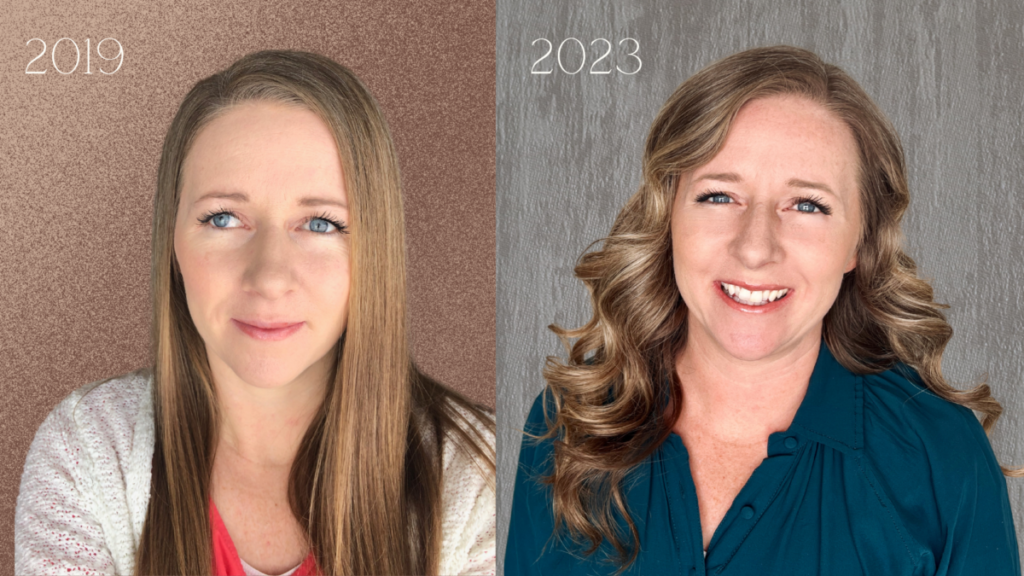
On the left is a clear strabismus with an unseeable amblyopia. This would be considered exotropia. On the right, there is no strabismus present, but a small amblyopia (lazy eye) is present still. You can’t always tell by looking!
Myth: Patching Fixes an Eye Turn
Many adults with an eye turn spent their childhood wearing a patch to “fix” the problem. The obvious solution as an adult is to return to those practices that were done early on. I think we have all done this or experimented with it at some point!
The problem is that patching is done to improve the acuity of a lazy or amblyopic eye, not to fix the eye turn. Other strategies like vision therapy eye exercises to improve binocular vision and eye control or surgery to move the eye muscles are used for fixing an eye turn or strabismus.
| What Patching Can Do | What Patching Will NOT Do |
| Improve acuity in lazy Eye | Take away an eye turn |
| Improve tracking in lazy Eye | Improve fusion of both eyes |
| Improve peripheral in lazy eye | Train stereo vision |
| Improve focusing in lazy eye | Improve binocular vision |
Patching definitely has a place in treating strabismus when amblyopia is present. In order for the eyes to stay straight and work well together, they both need to have similar acuity and skill levels, but patching will not fix all of your problems. Many times, the reason for amblyopia is that the brain isn’t using both eyes together so one eye is suppressed to avoid double vision.
Waking up and strengthening the weak eye is great, but you must get to the root of the problem by teaching the brain to use the eyes together if you want to fix the eye turn.
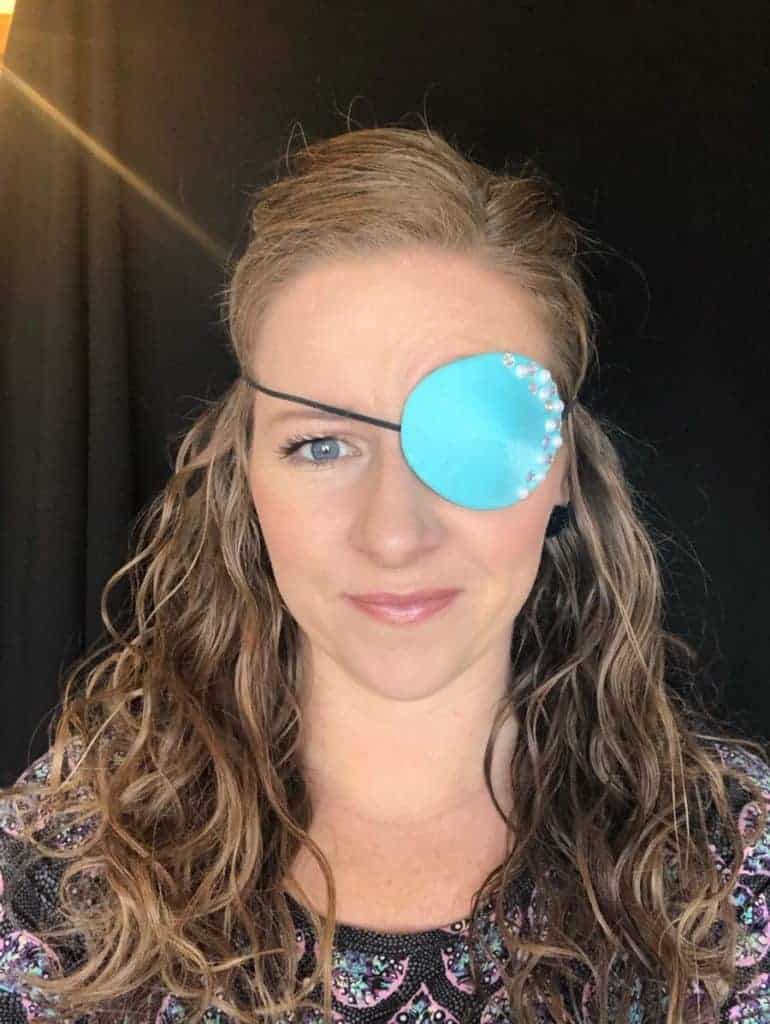


Myth: Strabismus and Lazy Eye Can Only be Fixed in Children
The entire visual system develops in the first few years of life. Just like a child learns to hear, speak and feel, they also must learn to see.
Ideally, during these early years, the brain will develop two eyes that work well independently and together creating great binocular (two-eyed) vision.
When strabismus and lazy are present at an early age, the brain develops unique connections between the eyes and brain to help the child function without the use of one eye, avoid double vision, or other issues.
Binocular vision is said to have a “critical period” of development in the first 2-3 years of life. Treatment of amblyopia is said to be most effective before age 8.
This is why both optometrists and ophthalmologists work hard on early interventions to help children develop their visual system correctly, early on. It is 10X easier and the outcomes are better if treated in a child.
That being said, I’d like to introduce myself.
My name is Melissa Daniels and I was born with severe infantile esotropia. Through years of patching, glasses and surgery, I never developed any stereo vision. At age 32 I discovered vision therapy and over the course of 4 years with the help of thousands of hours of eye exercises and a surgery, I was able to develop stereo vision.
Is it perfect? Definitely not. I still have some amblyopia (but my vision is 20/25 which is pretty amazing), my eyes struggle to align in the distance and I will probably never see a randot image with depth. But my life has changed and my vision has taken a 180. I may never see like a person with normally developed vision, but my 3D vision has improved drastically.
I’m not the only story, there are hundreds more like me. Read “Fixing My Gaze” by Susan Barry for an amazing account of a neuroscientist with strabismus. It is phenomenal.
While the research largely supports the age old idea that after the “critical period” stereo vision can not be developed and amblyopia can not be fixed, there are newer research studies coming out showing that through in-office vision therapy, significant improvements can still be made after that period, even for adults.
Here are a few research articles if you want to read more:
- “A perceptual learning deficit in childhood amblyopia” by Levi, Polat, and Hu (1997): This study found that adults with amblyopia who had received no prior treatment showed significant improvements in visual acuity after undergoing a visual training program. The authors suggest that this demonstrates that visual plasticity can occur in adulthood, even in cases of long-standing amblyopia.
- “Perceptual Learning Improves Stereoacuity in Amblyopia” by Li, Spiegel, et al. (2009): This study found that perceptual learning, a type of visual training, improved stereoacuity (depth perception) in adults with amblyopia who had previously undergone unsuccessful treatment in childhood.
- “Long-Term Improvement in Visual Acuity and Stereopsis After Severe Amblyopia” by Hess, Mansouri, et al. (2007): This case study followed an adult patient with severe amblyopia who underwent a visual training program and showed significant improvements in visual acuity and stereopsis. The authors suggest that this demonstrates that some degree of visual plasticity can occur even in cases of long-standing amblyopia.
Myth: There are no Exercises That Will Help
I could feel my right eye weakening from about age 15 until I was 32. I went to multiple optometrists and expressed my concern with my weakening eye. They all just told me I was lucky to have such good vision and that I should be grateful.
I would ask for glasses or eye exercises and was told that glasses wouldn’t help (which made no sense since the vision was blurry) and that there were no eye exercises.
I was told this by at least 5 different optometrists over a 15 year period. I wanted eye exercises, but I didn’t really know what needed exercising. Luckily, through my experimentation with patching, I happened upon vision therapy.
Vision Therapy is a field of optometry that has been around since the early 1900’s. Early pioneers began developing eye exercises to help with binocular vision problems including strabismus and amblyopia and by the 1940’s the first behavioral optometrist, Dr. A.M. Skeffington, was creating a new field of optometry.
The exercises and techniques used by behavioral (developmental) optometrists today have been refined over the last 100 years and are becoming more and more effective.
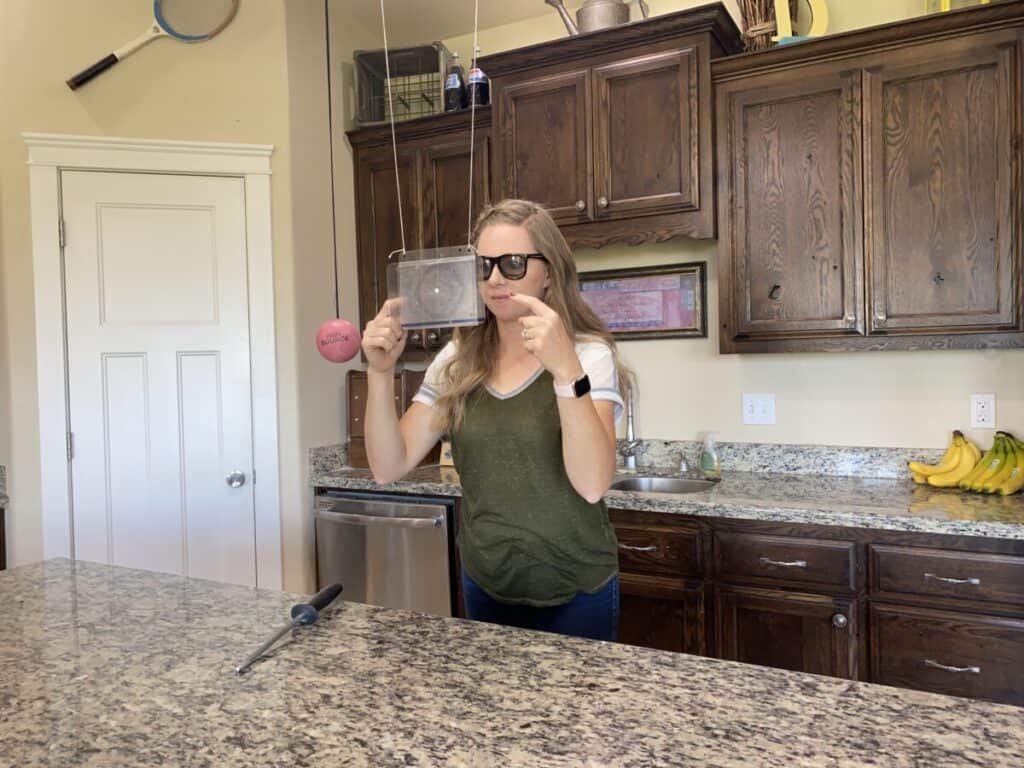
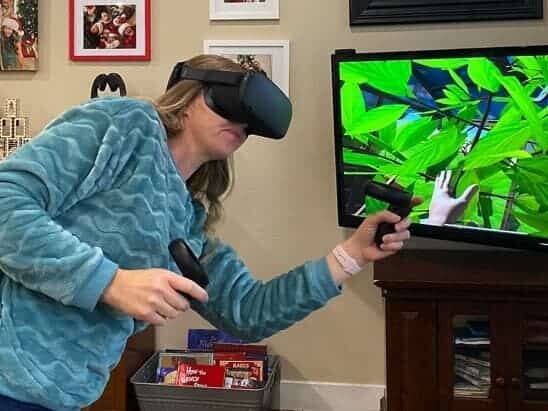
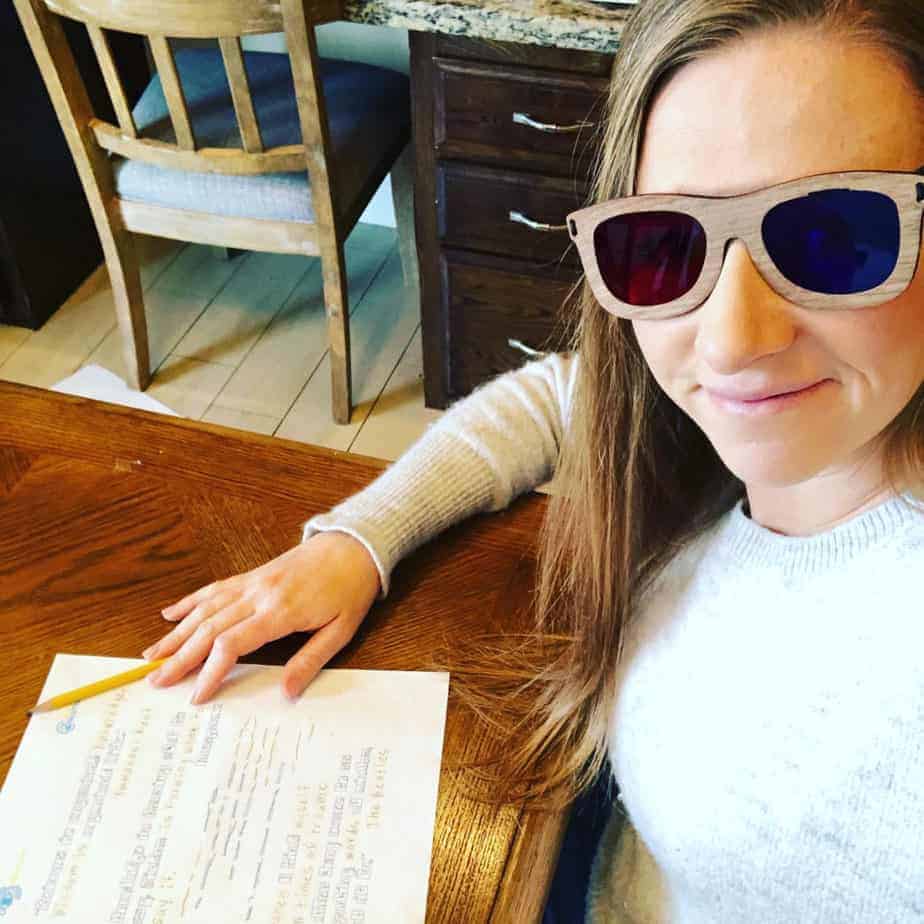
There are thousands of exercises. The trick is know which one to try first.
If you would like to find a behavioral optometrist near you, just fill out the form below.
Myth: Strabismus is Only a Muscle Problem
While some people might think of strabismus as a simple muscle problem that can be fixed through surgery, the reality is more complex. To understand this, let’s look at an analogy.
If you had a severely broken leg and it had extra joints where they shouldn’t be, we might call that a bone and muscle problem. A surgery with an orthopedic surgeon might be required to put the bones and muscles back where they go. After recovery with physical therapy, the brain would learn to reconnect to that leg as the healing progressed and you would be able to use it normally again.
Similarly, if, through a horrid accident, one of your eye muscles was damaged or detached. The same could be said for the treatment. A specialized ophthalmologist could reconstruct the muscles correctly and a vision therapy office could retrain the neurological aspects and you’d be as good as new in a few short months.
But what if you were born and one of your legs was casted in the wrong position and not usable for the first 32 years of your life. Surgically putting the leg back in the right position and removing the cast would not teach you to walk. There is so much more to the solution.
If you were born with an eye turn and severe amblyopia that prevented you from developing normal vision, simply fixing the muscles is not going to miraculously fix everything going on in the brain. It is more complex than that.
The eye muscles might be uncoordinated, non-compliant and weak, but these problems are likely due to the fact that the brain is not using the eyes together. In these cases, the root cause actually lies within the brain’s processing of visual information, not within the muscles themselves. This is where vision therapy comes in. By helping the brain form new neurological, binocular pathways between the brain and the eyes, the brain can begin using the eyes together.
The muscles can definitely be part of the problem, but the brain’s ability to process visual information is a huge piece of the puzzle. Focusing on muscle alignment alone will not be enough to fully fix the problem.
Myth: Surgery is the Only Answer for Adults with Strabismus
Surgery can be a great solution for many suffering with strabismus, but luckily, it is not the only solution.
Many minor cases can actually be fixed by simply prescribing the right glasses, but this is more common for children.
For adults, solutions are more complex. Usually, binocular vision has not been achieved so only one eye is being used at a time. Even with the perfect prescription, the vision is more set.
Let’s look at a few examples of what strabismus surgery can and cannot do for adults (the results are very different for children). For a full write-up on surgery success rates, head over HERE.
Surgery CAN
- Help to straighten the eyes cosmetically (to within 10 diopters)
- Improve peripheral vision
- Make vision therapy easier with closer alignment.
Surgery CAN NOT
- Teach the brain to use the eyes together
- Guarantee a result. Success rates are around 60-70% depending on diagnosis.
- Give perfect alignment. While it is possible, it is extremely rare to get perfection.
Surgery was a major key to the success I had in vision therapy because it helped my eyes to stay aligned when I was relaxed, but combining it with vision therapy was the glue that held everything together. It doesn’t need to be either/or.
The following pictures are before my surgery, about 6 months after surgery and one year after surgery. Having aligned eyes made a huge difference!
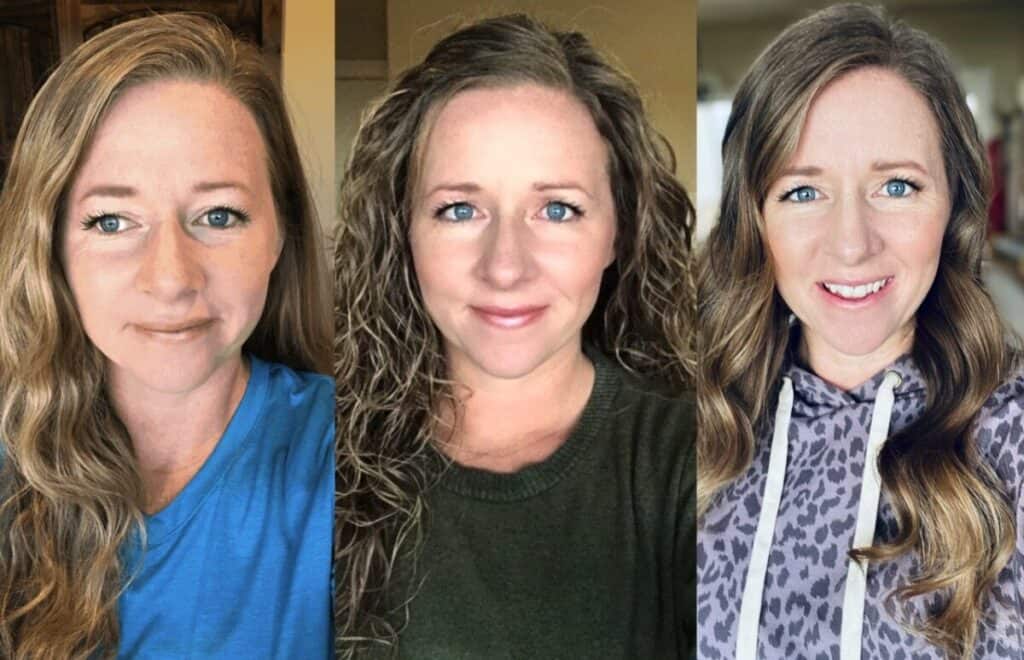
Myth: Strabismus is Only a Brain Problem
While surgeons are preaching that strabismus is a muscle problem, optometrists are preaching that it is solely a brain problem.
The truth is, as hopefully you’ve seen by now, it is both. The muscles are not aligned because the brain is not using the eyes together and moving one eye off the the side is the easiest way to cope with the struggles that brings.
Recognizing that both the brain and the muscles need to be trained and healed is an important step in any strabismus journey.
Myth: Vision Therapy is the Only Answer
While vision therapy is an effective treatment for many cases of strabismus and lazy eye, it is not the only option. Depending on the severity and underlying causes of the condition, other treatments like surgery, glasses, or specialty contact lenses may also be effective.
I do believe that any person with strabismus should at least give vision therapy a try. Do the initial consult and learn more about the specifics of your condition. A developmental optometrist will give you an evaluation more in-depth than any other eye exam you’ve had. Having this consultation will give you so many answers about the next steps to take.
But the next step doesn’t always need to be vision therapy, it is just one of solutions that might just change your life.
Conclusion
Strabismus and amblyopia are extremely complex conditions and while some claim to have all the answers, that just isn’t possible. There is still so much that is unknown with these conditions. Keeping an open mind and relying on the expertise of multiple specialists will lead you to your best chance for success.
If you would like to schedule a call with me or check out any of my other resources, click the button below.
